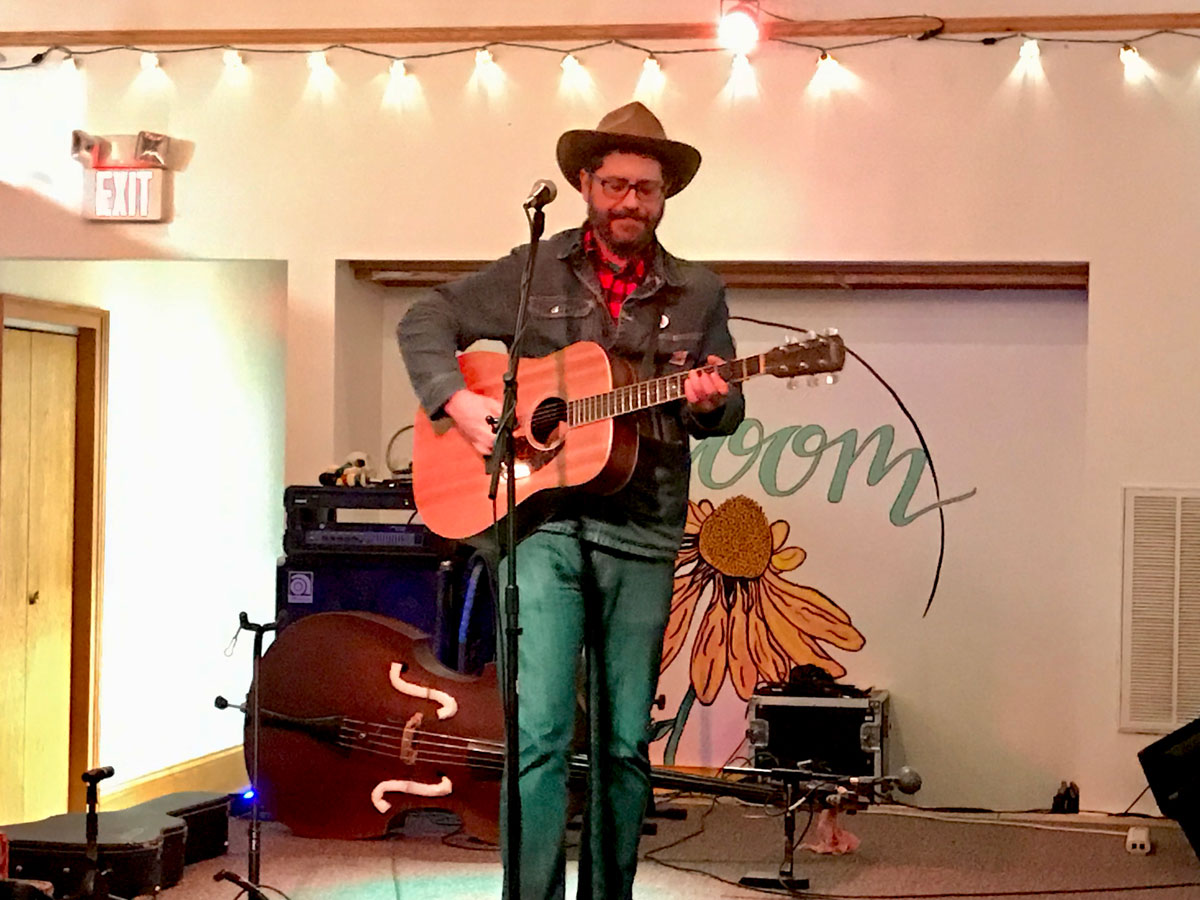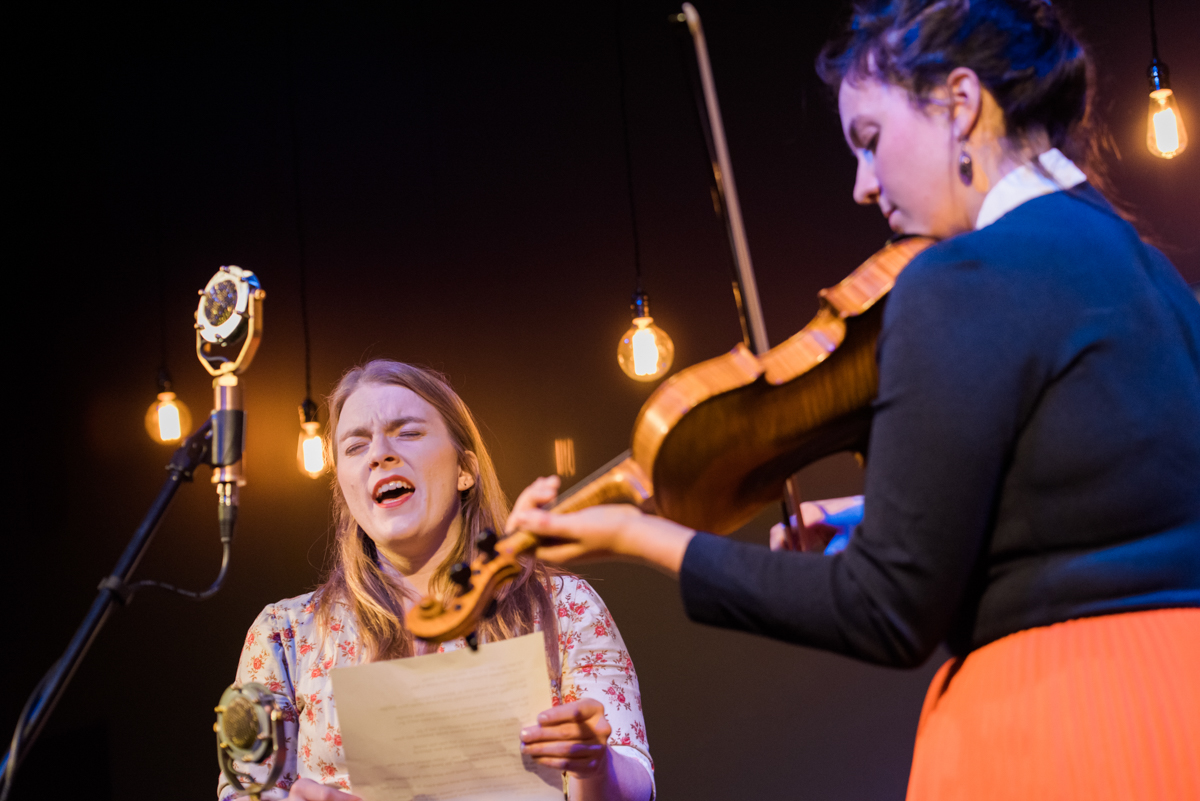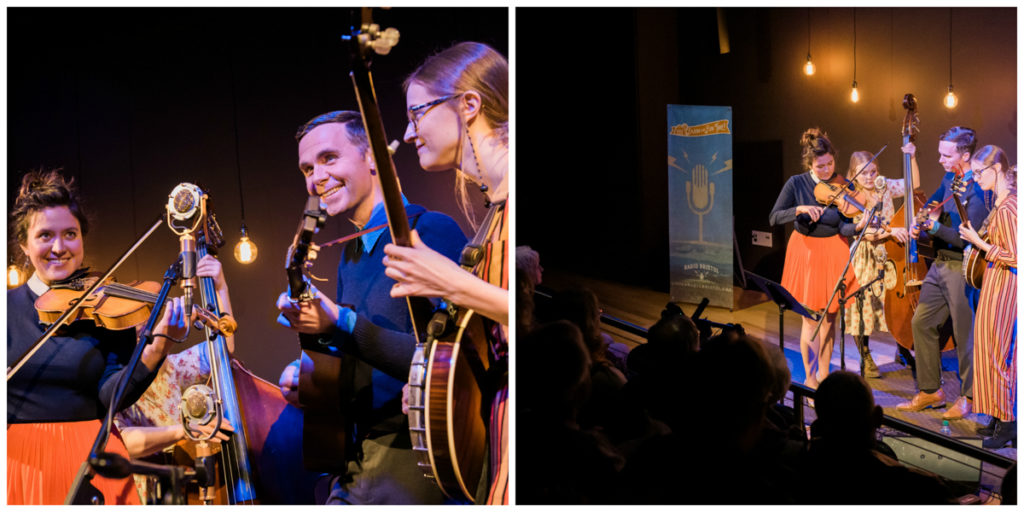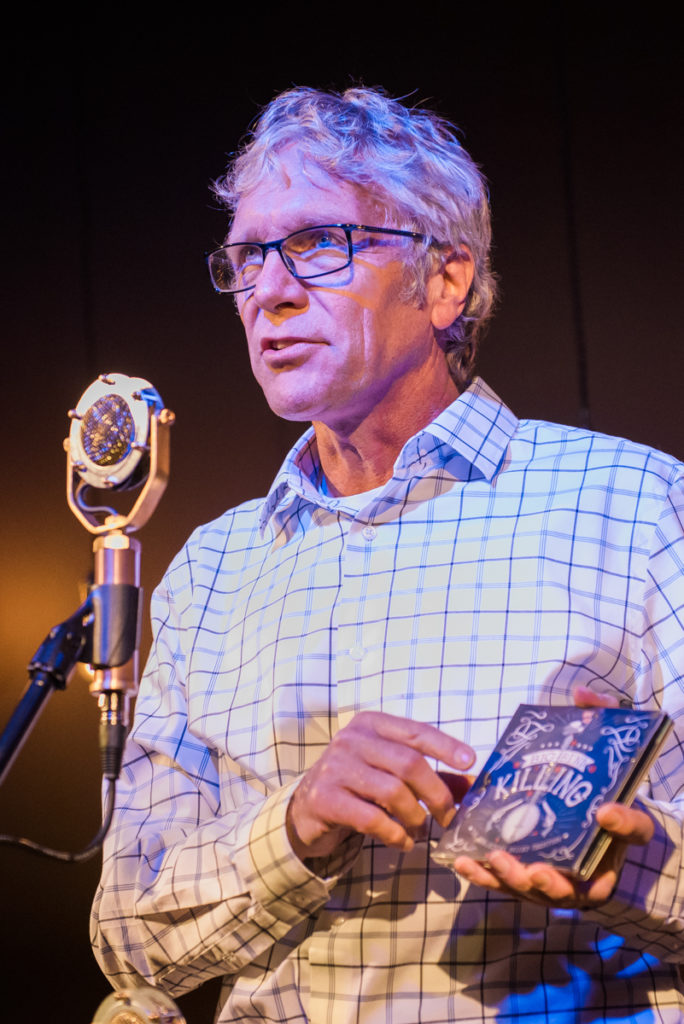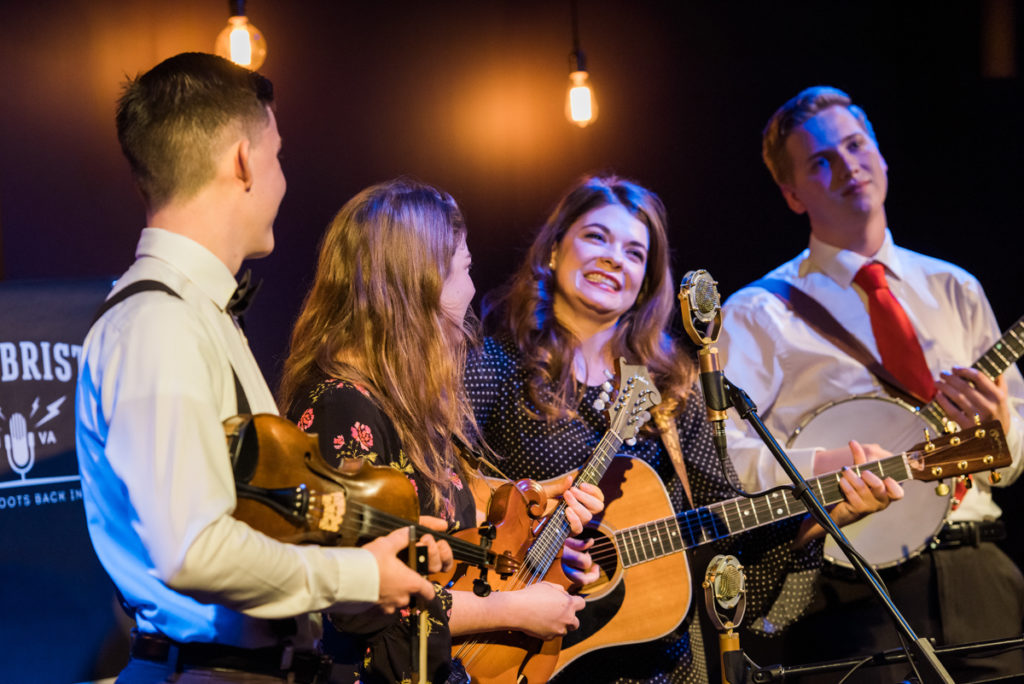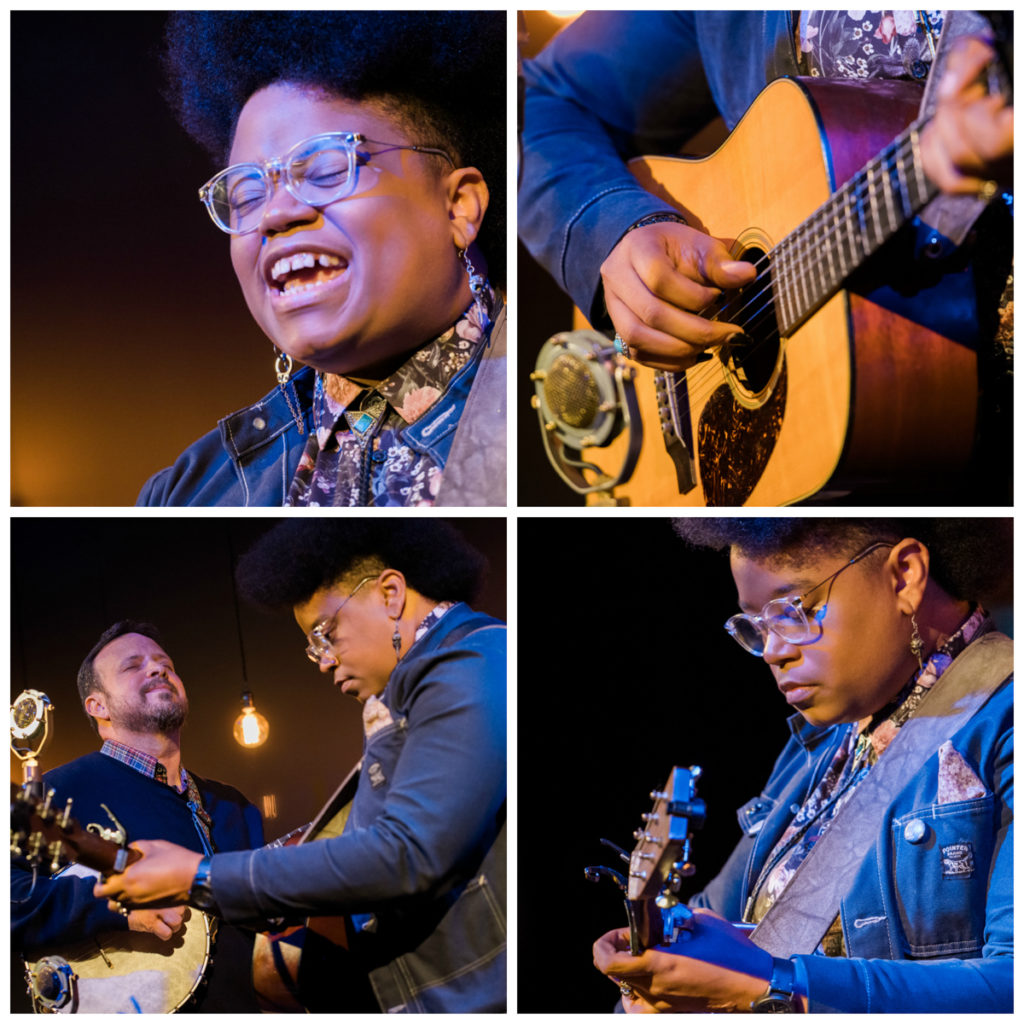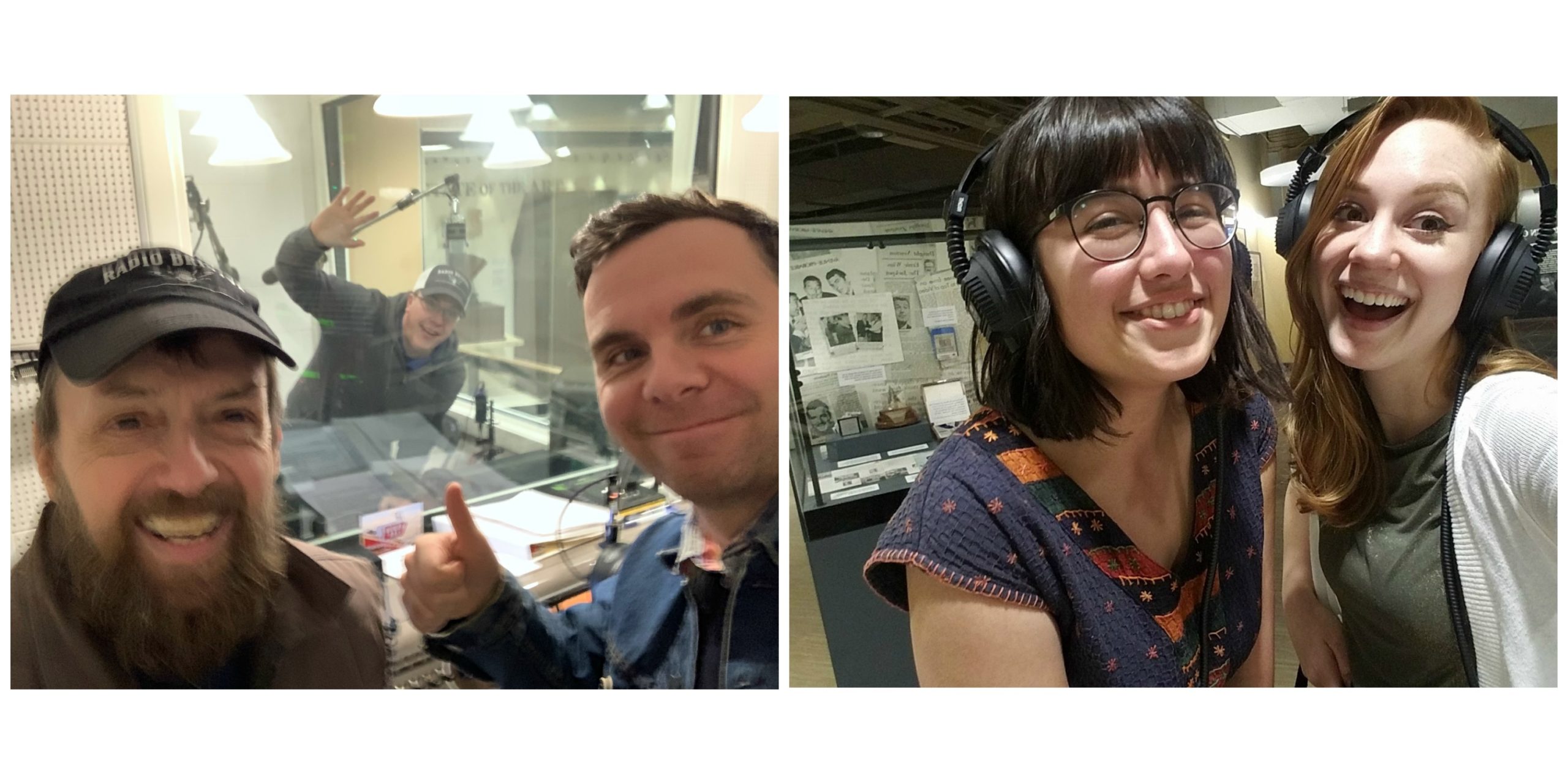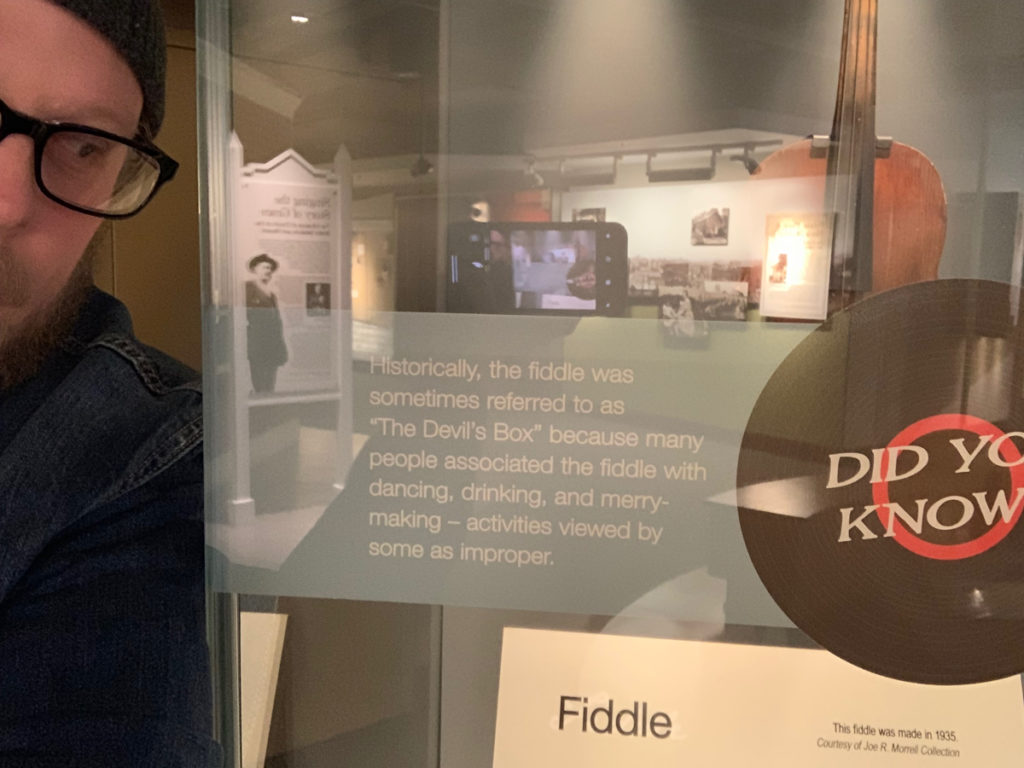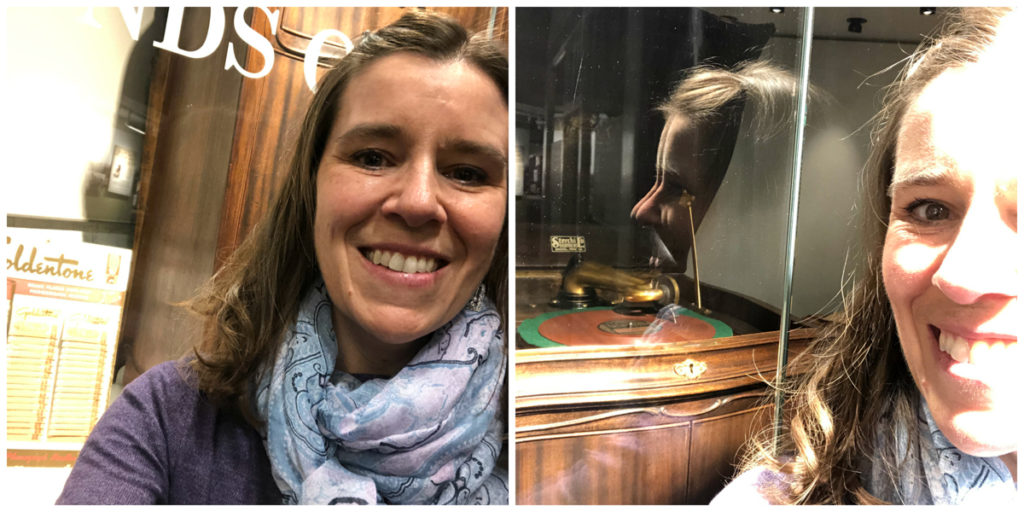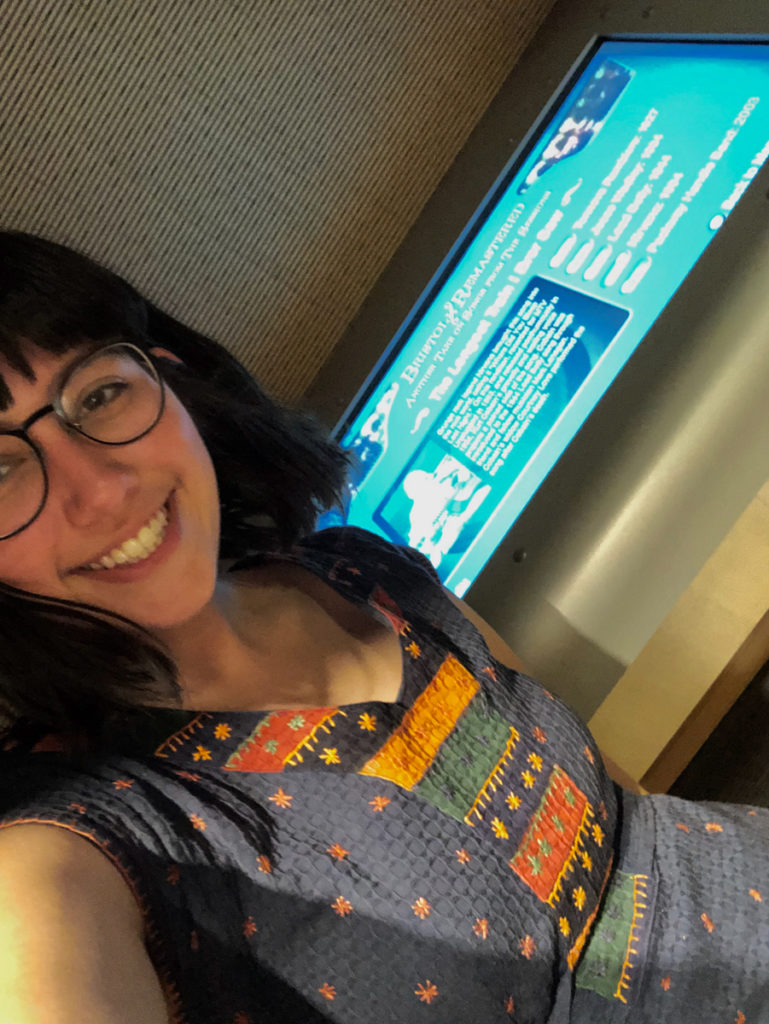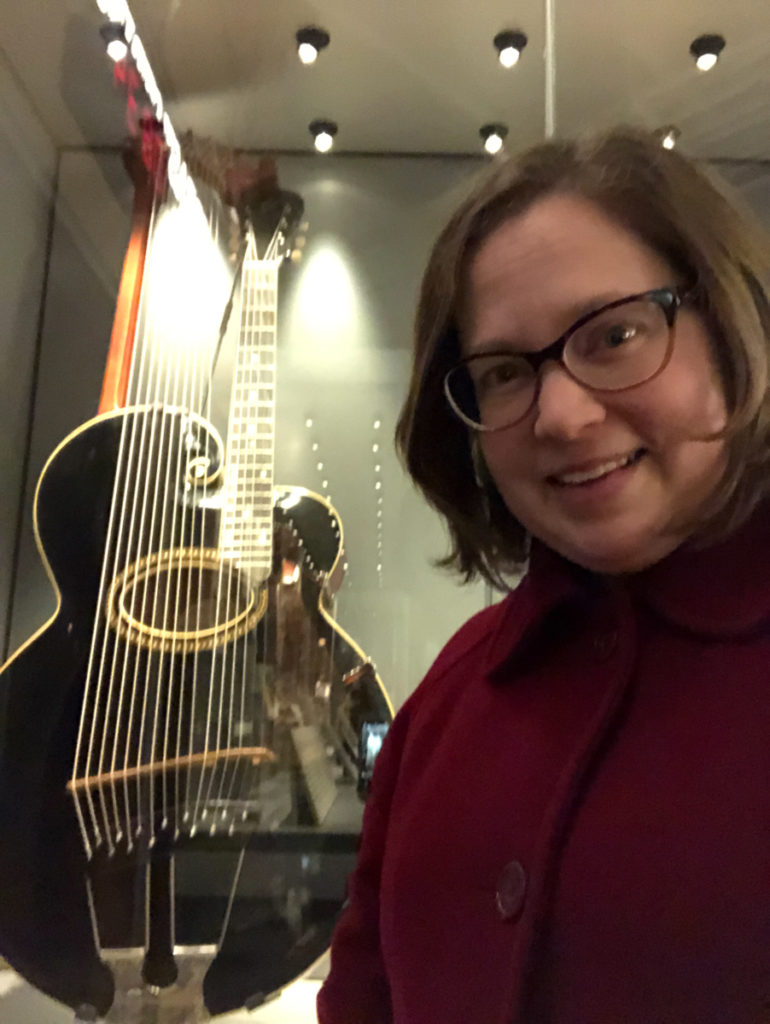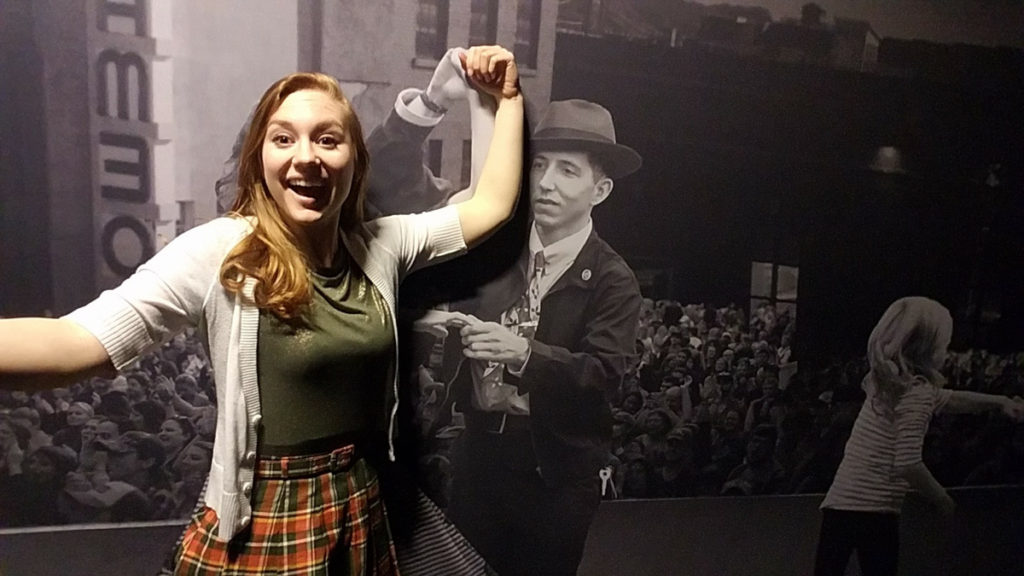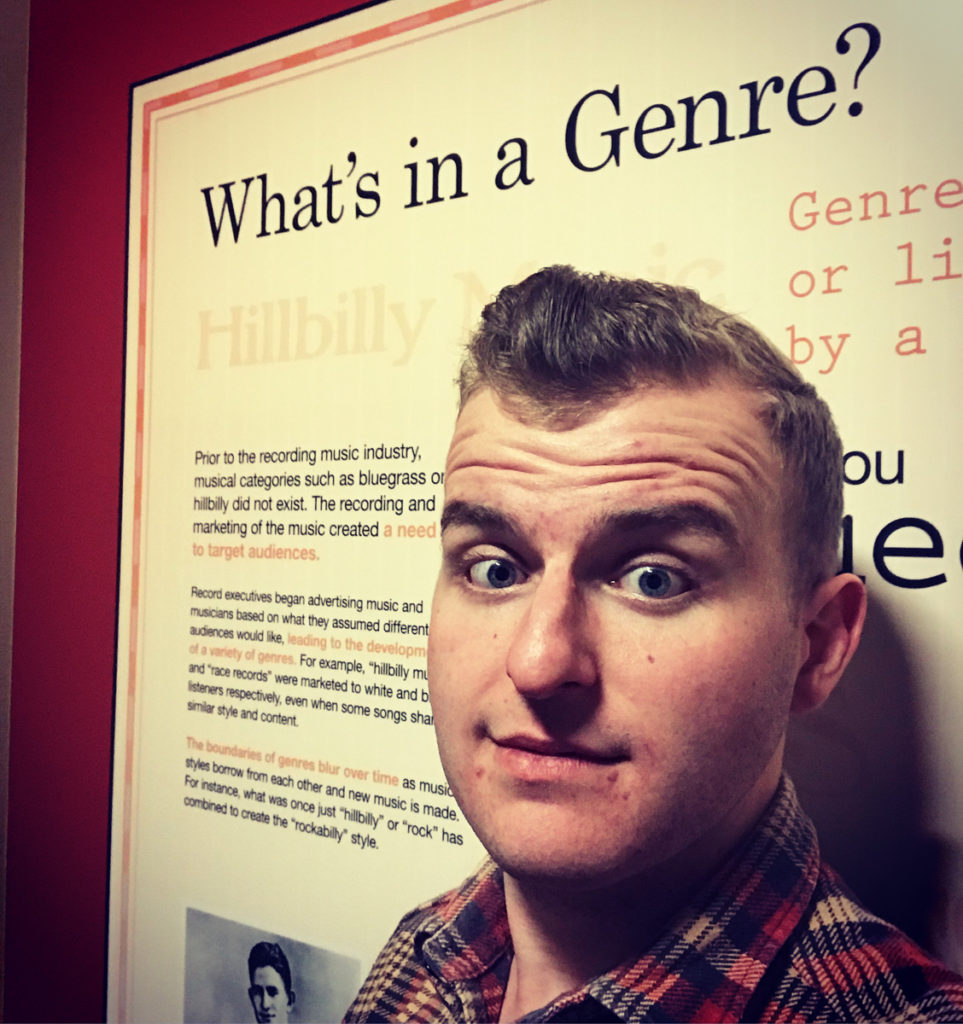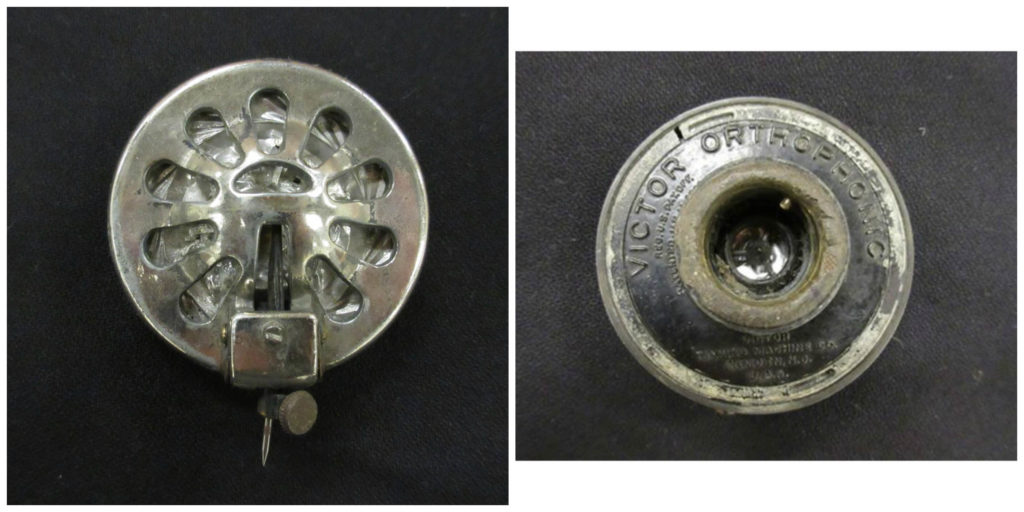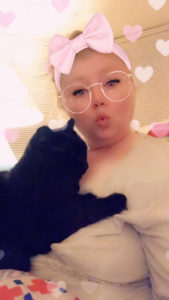
As we settle into the winter months, our cozy pjs become more and more appealing. The skies darken earlier, beckoning us to retreat to our homes where the warmth of comfort foods fill our bellies and the urge to snuggle into our couches with a blanket, a favorite TV show or a good book often overrides the decision to go out and see live music. I get it. I am also guilty. This time of year I welcome hibernation, especially after the busy holidays, but as the Birthplace of Country Music is in the midst of booking music for our annual Bristol Rhythm & Roots Reunion festival in September I want to encourage everyone to take part in their local music economy this winter. Our venues and bands need you.
Many local venues rely on door cover to pay artists to come and perform. When people stay home, some venues decide not to offer live music at all. This shuts down a source of income for artists, venues, and bar and wait staff who rely on tips to supplement their income. When you support live music in the Tri-Cities, especially this time of year, you’re supporting local businesses and artists – businesses where we discover talent for Bristol Rhythm & Roots Reunion. In turn, fans that support live music locally are also more likely to buy tickets to our nonprofit festival. It’s great for our local music economy, and we generate an enthusiasm for our music scene that drives visitors from outside the community as well.

Several years ago, Bristol Rhythm was once criticized in a national publication for being “painfully regional” in our booking choices. Though most of the article was favorable, that single phrase still sticks in my craw. Those of us in the scene know just how much talent thrives in our midst. Most independent artists work just as hard as their more popular peers, and you may be surprised to learn how many musicians from this region tour nationally and internationally. Indie artists also don’t need big label support and a team of marketers and radio buyers on the payroll to be good—or even great—so when I look at our lineup each year and see the number of regional and local artists on the bill, my chest swells with pride. We have the unique opportunity at our festival to showcase the enormous talent that dwells here. It’s one of the things that makes Bristol Rhythm unique. We don’t want our lineup to look like everyone else’s. Trends come and go. It’s important to us that our festival remains true to our mission of promoting Bristol’s rich music heritage—that includes booking artists who are most influenced by that heritage—artists whom live, record, and perform right here in our area.

So, on behalf of all our local venue owners, bar and wait staff, and local musicians here in our region and beyond, I urge you to make room on your calendars to take in a show in your neighborhood this week, invite a few friends, and give back to the people who make it their job to entertain us and make us happy. Don’t just go see local bands, buy their music, rock their merch, and tell your friends about them. Love live local music by supporting it, especially now, when business is slow and they need you the most!
Here is an awesome Spotify playlist comprised of some of a few of Bristol Rhythm & Roots Reunion’s most killer local acts. Enjoy!


